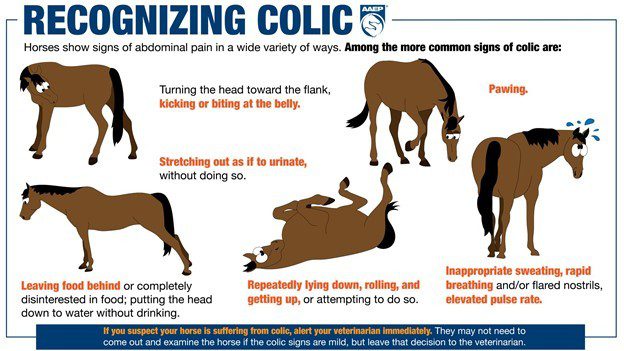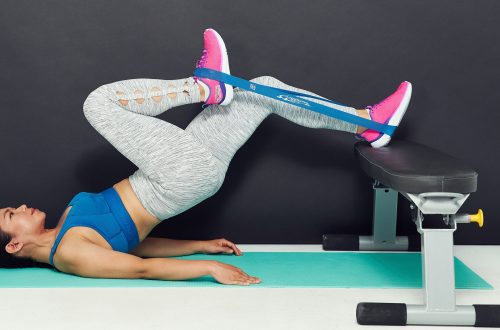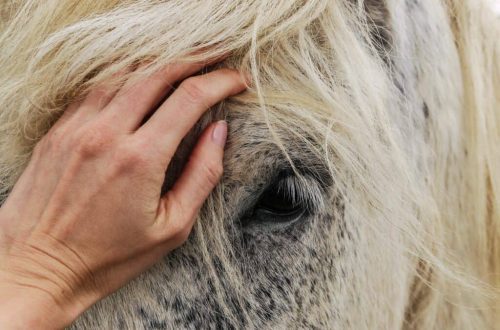
What are colic in horses?
There are several classifications of diseases accompanied by symptoms. colic in horses.
 Photo: fanoboi.com
Photo: fanoboi.com
Contents
According to one of them, colic is:
- Gastric (acute or chronic expansion and obstruction of the stomach).
- Intestinal:
- Flowing without symptoms of peritonitis (flatulence, karatal spasm, coprospase, chymotasis, enteroliths, i.e. blockage with calculi, stones and worms)
- Flowing with symptoms of peritonitis (invagination, entanglement, infringement, volvulus, nodulation, external and internal hernias, thromboembolic colic).
This is the simplest classification.
According to the second classification, colic is divided into:
- Symptomatic. These colic are also called secondary. They are observed in invasive, infectious, surgical and a number of other diseases.
- False. They accompany diseases of the internal organs: the bladder, kidneys, liver, respiratory system and others.
- True. Associated with gastrointestinal diseases.
- Colic with accelerated passage of food masses through the intestines (catarrhal-inflammatory, associated with gastroenterocolitis).
- Colic with delayed passage of feed masses through the gastrointestinal tract (dynamic obstruction, hemostatic obstruction or mechanical obstruction).
Dynamic obstruction can be:
- Spastic: flatulence (expansion) of the stomach, flatulence of the intestines (wind colic) and enteralgia.
- Paralytic (associated with atony or hypotension of the stomach, the result of which is stagnation of the contents in the intestines): blockage of the stomach (stagnation of the contents), blockage of the intestines, clogging of the intestines and stomach with sand (sand colic), peritonitis.
Mechanical obstruction is an internal blockage of the intestines or their displacement, twisting and infringement. The cause of homeostatic obstruction is most often helminthic invasion.
 Photo: fanoboi.com
Photo: fanoboi.com
However, keep in mind that any classification is just an artificial scheme, but in reality there are combinations and transitions of different forms of colic.
Pain with colic can also be different:
- Spastic – the result of a spasm of the smooth muscles of the stomach and intestines, they are characterized by periodicity.
- Distension – the result of stretching the intestines and stomach with gases. They are distinguished by localization in some area and the absence of periodicity.
- Mesenteric – compression, tension and displacement of the mesentery. These pains are constant, combined with distension and spastic.
- Periotneal – the result of diffuse peritonitis. They are constant, often reminiscent of contractions. The horse can hunch his back and put his legs under his stomach, does not want to move and groans. If the pains intensify, the animal digs the ground, looks at the stomach, raises the hind leg, tries to lie down, but does not. At the same time, the abdomen is tightened, and if you try to feel it, the pain intensifies.





